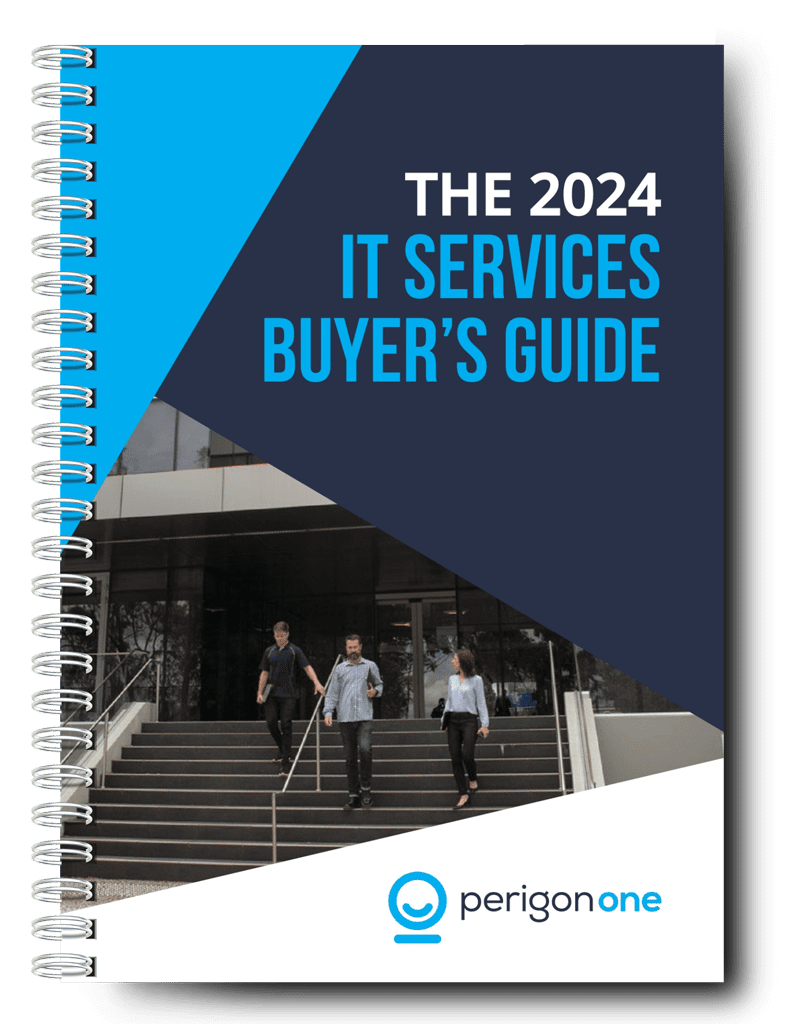Imagine this scenario; Your company experiences an attack and your crucial data is held hostage by cybercriminals who demand a significant ransom.
Paying the amount is not an option for you. However here’s a surprising twist – similar to the “buy pay later” concept certain ransomware groups are providing victims with options to extend their payment deadlines.
Recent studies indicate that these cyber extortionists are becoming more innovative in their tactics. One group for instance offers victims a selection of choices regarding their ransom demands. These options include either paying to delay the exposure of their stolen data for a fee of $10,000 or paying to have the data permanently deleted before it becomes public.
The specific payment amounts are often subject to negotiation with the victims adding an aspect to the entire situation.
In order to intensify the pressure on those affected these ransomware syndicates have incorporated features, on their websites. These enhancements include countdown timers showing businesses how much time remains before their data is disclosed publicly view counters tracking activity and even tags disclosing the victims identity and details.
These elements are strategically designed to make victims feel trapped and more inclined to comply with the demands.
Although you might feel compelled to meet the ransom demands in order to safeguard your business information… Hold on a moment.
Paying money is never an idea and heres why…
There are no guarantees that paying will ensure the return of your data or prevent cyber criminals from asking for more money in the future.
By giving in to their demands you are essentially supporting activities and motivating them to carry out further attacks on other individuals.
Furthermore paying a ransom could potentially lead you into trouble as some governments have outlawed the act of paying off cyber criminals.
So what steps can you take to protect your business from falling prey to ransomware?
- Make sure you maintain secure backups of your data. This will help you avoid being vulnerable to cyber threats.
- Educate your employees about the dangers of ransomware. Provide training on how to spot phishing emails and suspicious links.
- Invest in cybersecurity software and ensure it is kept up, to date.
- Keep your systems and software current by applying the latest security updates.
- Segment your network to contain the spread of ransomware in case one device gets infected.
- Establish a defined incident response strategy so that you are prepared in case of a ransomware attack.
Ultimately giving in to cyber criminals rarely leads to outcomes with businesses that comply often finding themselves targeted repeatedly. Instead focus on taking steps to ensure your security. If you need assistance, with that feel free to reach out.


